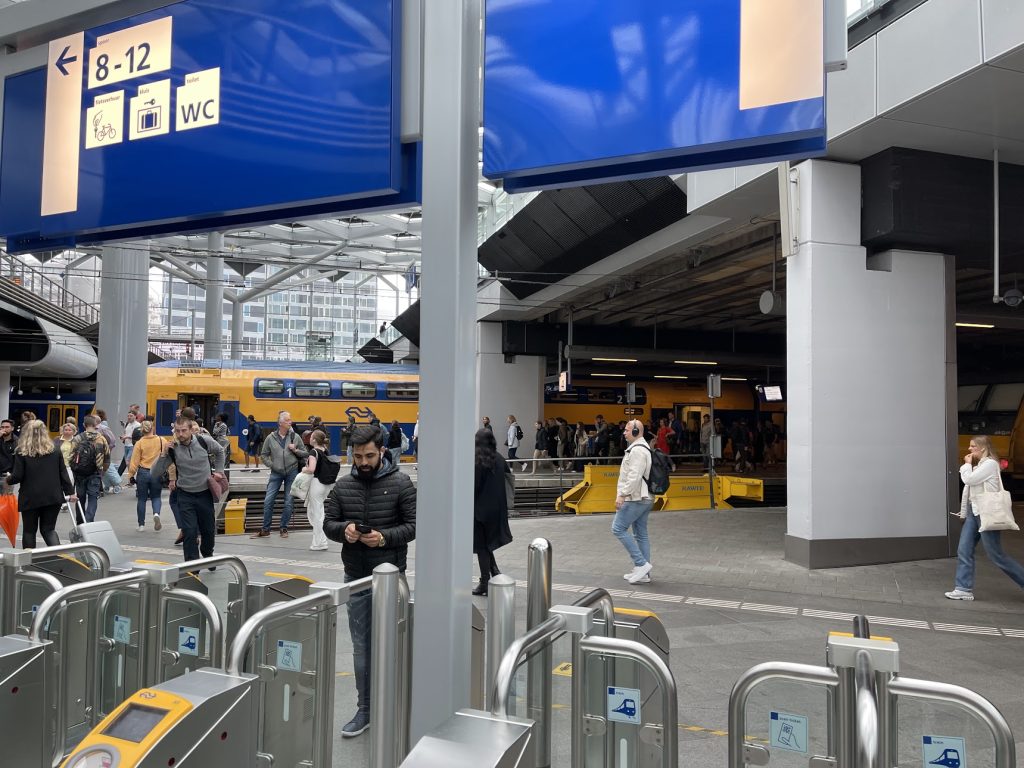It remains a playing field of complexity of managing a busy and efficient railway network such as that of the Netherlands, and ProRail's constant efforts to meet the challenges and improve the service.
The Dutch railways, known for their busy network and high punctuality, are currently facing an enormous challenge. ProRail, the organization responsible for the maintenance and infrastructure of the Dutch railway network, has noticed a decline in the punctuality of passenger transport. This is remarkable for a country known for its efficient railway system.
The causes of this decline are diverse and complex. An important factor is the presence of temporary speed limits (TSB), especially on the high-speed line (HSL) at Rijpwetering. By a construction error In a viaduct, a TSB is in force all year round, meaning trains can only travel at 80 kilometers per hour instead of the usual 160 kilometers per hour. This has direct consequences for the buffer space and the flexibility in the timetable to accommodate incidents.
Another problem is the shortage of maintenance technicians at the NS, which leads to longer repair and maintenance times for trains. This results in shorter and less frequent train services, which in turn leads to fuller trains and longer boarding and alighting times for travelers. In addition, the redistribution of train routes plays a role, especially due to work on the German side of the Betuwe route. Freight trains are therefore diverted via the Brabant route, which puts extra pressure on this route.

ProRail is committed to the safety of all travelers and will continue to communicate transparently about the progress of the inspections and any additional measures.
Despite these challenges, ProRail announced that they take extra measures to improve punctuality. Prior to the planned 80-week work on the Betuwe Route, additional work will be carried out on the Dutch diversion routes to increase the buffer space. Furthermore, the number of traffic controllers, such as in the Eindhoven station, will be increased in order to respond faster and more effectively to the current situation on the track.
travelers
This problem, mainly caused by structural and operational barriers, has a direct impact on their daily travel experience. Travelers are also struggling with the consequences of the shortage of maintenance technicians at the NS. This shortage results in less frequent and shorter trains, often leading to overcrowded wagons. Especially during peak hours, boarding and disembarking is a time-consuming process, which further piles up delays.
Other factors affecting the travel experience include seasonal challenges such as autumn leaves on the track and planned works at major junctions such as Schiphol and Rotterdam, resulting in fewer available tracks and adjusted timetables. For many travelers, it's a matter of patience and adaptability as they wait for the promised improvements.




